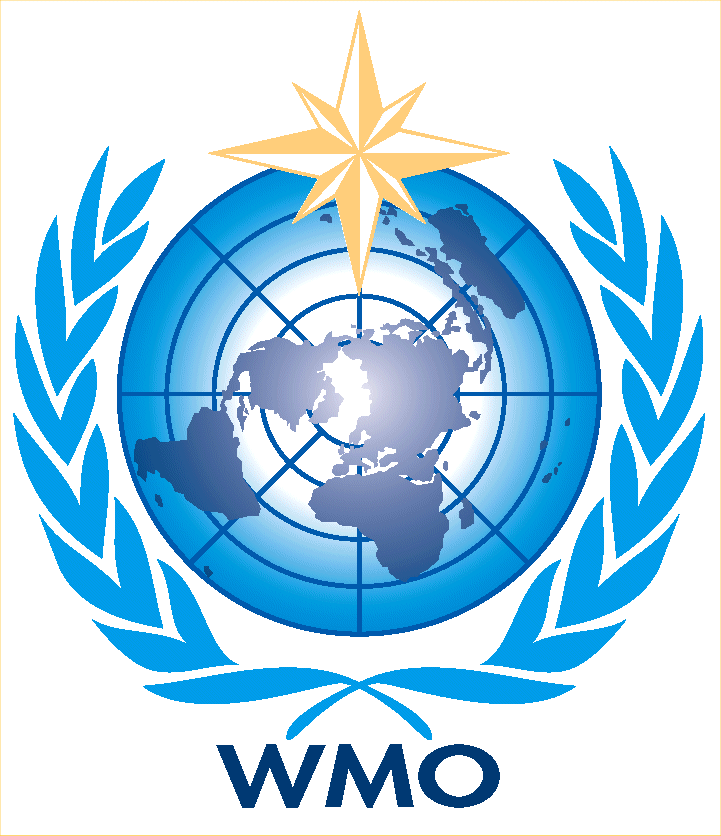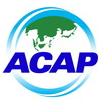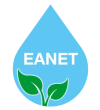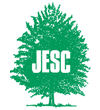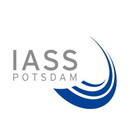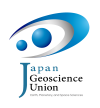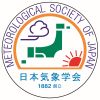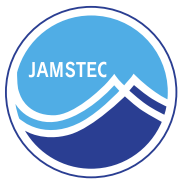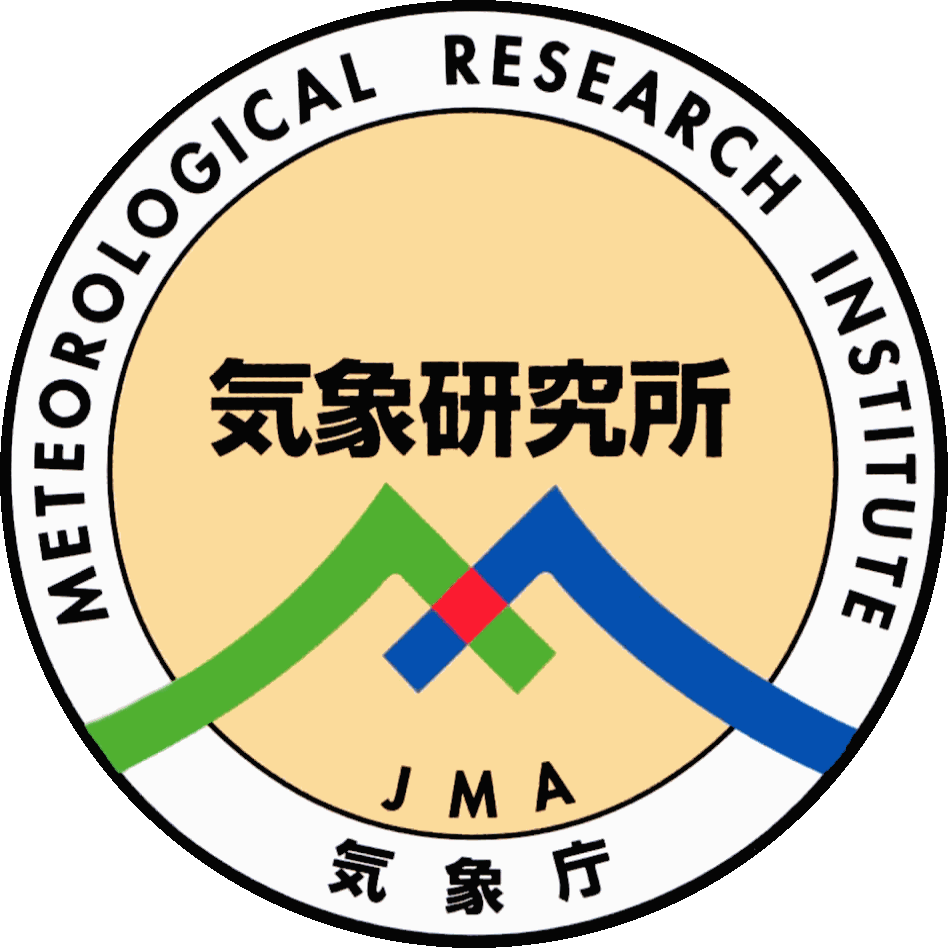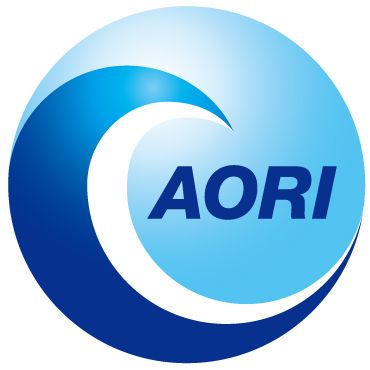Session Numbers and Names
1. Atmospheric Chemistry & People
2. Atmospheric Chemistry & Fundamentals
3.Atmospheric Chemistry & Ecosystems
4.Atmospheric Chemistry & Climate/Weather
5. Challenging the Future
Oral presentation guidelines are available here.
List of abstracts under oral presentations can be found here.
Use keywords such as: Abstract ID, Name, Affiliation etc to filter the list according to your convenience.
Abstract ID format: Session Number.Abstract Number. Session numbers are listed above.
| Abstract ID | Abstract Title | Presenting Author and Affiliation |
|---|---|---|
| 1.031 | A New Top-Down Approach to Quantifying the Spatial, Temporal, and Vertical Distribution of Urban and Biomass Burning Regions using Decadal Measurements from MOPITT and AERONET | Chuyong Lin, Sun Yat-Sen University, Guangzhou, Guangdong, China (Early Career Scientist) |
| 1.055 | Establishing Connections between Aerosol Chemical Composition and Possible Health Effects | Yinon Rudich, Department of Earth and Planetary Sciences, Weizmann Institute, Rehovot, Israel |
| 1.093 | Decadal changes of ozone-NOx-VOC sensitivity over Japan estimated using satellite data and their impact on the effectiveness of surface ozone mitigation policies inferred from air quality simulations. | Kazuya Inoue, RISS / AIST, Tsukuba, Ibaraki, Japan |
| 1.095 | Forecast the shipping emissions and impacts in China | Huan Liu, Tsinghua University, Beijing, China |
| 1.112 | What level of air quality monitoring data is needed to support effective policy action to reduce pollution? | Aderiana Mbandi, South Eastern Kenya University (Early Career Scientist) |
| 1.124 | Recent changes of trans-boundary air pollution over Northeast Asia: Implications for future air quality in South Korea | Piyush Bhardwaj, Gwangju Institute of Science and Technology, School of Earth Science and Environmental engineering, Gwangju, 61005, Republic of Korea (Early Career Scientist) |
| 1.146 | Surface ozone variability in continental South Africa | Pieter Gideon van Zyl, Unit for Environmental Sciences and Management, North-West University, Potchefstroom, South Africa |
| 1.157 | Trends of PM pollution and health effects in Europe during the 1990s and 2000s: multi-model and observational assessment | Svetlana Tsyro, Norwegian Meteorological Institute, P.O. Box 43, Blindern, N-0313 Oslo, Norway |
| 1.167 | Towards improved quantification of Russian oil and gas extraction emissions based on analysis of YAK-AEROSIB aircraft data | Kathy Law, Laboratoire Atmosphères, Milieux, Observations Spatiales (LATMOS)-CNRS, Paris, France |
| 1.185 | Air Quality in Puerto Rico in the Aftermath of Hurricane Maria | Olga L Mayol-Bracero, Department of Environmental Science, University of Puerto Rico, San Juan, Puerto Rico |
| 1.197 | Detecting Human Emissions of Volatile Chemical Products in Urban Atmospheres | Brian McDonald, University of Colorado, Cooperative Institute for Research in Environmental Sciences, Boulder, Colorado, USA; NOAA Earth System Research Laboratory, Chemical Sciences Division, Boulder, Colorado, USA |
| 1.205 | The Tropospheric Ozone Assessment Report (TOAR): A community-wide effort to quantify tropospheric ozone in a rapidly changing world | Owen Cooper, CIRES, University of Colorado/NOAA Earth System Research Laboratory, Boulder |
| 1.208 | Effect of Megacities on the Transport and Transformation of Pollutants on the Regional to Global Scales (EMeRGe): an overview of the HALO airborne campaigns in Europe and Asia. | Maria Dolores Andrés Hernández, University of Bremen, Institute of Environmental Physics, Bremen, Germany |
| 1.218 | Source apportionment of particulate matter using a low-cost multi-pollutant air quality sensor in an Indian megacity | David Hagan, Massachusetts Institute of Technology, Department of Civil & Environmental Engineering, Cambridge, AM 02139 (Early Career Scientist) |
| 2.003 | An updated isoprene oxidation and deposition scheme in the IMAGES model | Jean-François Müller, Royal Belgian Institute for Space Aeronomy |
| 2.010 | Reconciling organic auto-oxidation, new-particle formation, and chamber secondary organic aerosol formation | Neil Donahue, Center for Atmospheric Particle Studies, Carnegie Mellon University, Pittsburgh PA 15213 USA |
| 2.028 | Kinetics of Criegee Intermediates | Jim Lin, Institute of Atomic and Molecular Sciences, Academia Sinica, Taipei 10617, Taiwan |
| 2.038 | Aerosol formation and aging under atmospheric conditions in China:application of a quasi-atmospheric aerosol evolution study (QUALITY) chamber | MIN HU, State Key Joint Laboratory of Environmental Simulation and Pollution Control, College of Environmental Sciences and Engineering, Peking University, Beijing, 100871, China |
| 2.051 | Insight into the in-cloud formation of oxalate based on in situ measurement by single particle mass spectrometry | Guohua Zhang, Guangzhou Institute of Geochemistry, Chinese Academy of Sciences |
| 2.085 | Role of Sulfate Radical Anion Chemistry in Heterogeneous OH Oxidation of Organosulfates | Man Nin Chan, Earth System Science Programme, Faculty of Science, The Chinese University of Hong Kong, Hong Kong |
| 2.100 | OH, HO2 and RO2 Radical and OH Reactivity Observations during Wintertime and Summertime in Beijing, and comparison with both steady state calculations and box model simulations. | Eloise Slater, School of Chemistry, University of Leeds, Leeds, West Yorkshire, United Kingdom (Early Career Scientist) |
| 2.104 | ROOOH: the Missing Piece of the Puzzle for OH measurements in low NO Environments | Christa Fittschen, University Lille / CNRS |
| 2.113 | Air/sea interfacial photochemistry is a global source of organic vapors and aerosol particles | Christian George, Univ Lyon, Université Claude Bernard Lyon 1, CNRS, IRCELYON, F-69626, Villeurbanne, France |
| 2.119 | Impact of temperature on molecular composition of secondary organic aerosols from anthropogenic and biogenic sources: from lab to field | Cheng Wu, Department of Environmental Science and Analytical Chemistry, University of Stockholm, Sweden (Early Career Scientist) |
| 2.141 | The significant role of cloud chemistry in tropospheric NOx and oxidant cycles | Christopher Holmes, Earth, Ocean, and Atmospheric Science, Florida State University, USA |
| 2.152 | A Comprehensive Test of the Recent Proposed HONO Sources in Field Measurements at Rural North China Plain | Yuhan Liu, 1. State Key Joint Laboratory of Environment Simulation and Pollution Control, College of Environmental Sciences and Engineering, Peking University, Beijing, China (Early Career Scientist) |
| 2.159 | Influence of Relative Humidity on the Heterogeneous Oxidation of Secondary Organic Aerosol | Christopher Cappa, Dept. of Civil & Environmental Engineering, University of California, Davis, CA USA |
| 3.044 | Development of an aerosol reanalysis product - JRAero | Keiya Yumimoto, Research Institute for Applied Mechanics, Kyushu University, Kasuga, Fukuoka, Japan |
| 3.059 | Summertime observations of ultrafine particles and their growth to CCN sizes in the high Arctic marine boundary layer | Jonathan Abbatt, Department of Chemistry, University of Toronto, Toronto, Canada |
| 3.066 | Organic matter in marine aerosol particles: chemical characterization, transfer and sources | Nadja Triesch, Leibniz Institute for Troposheric Research (TROPOS); Atmospheric Chemistry Department (ACD), Leipzig, Germany (Early Career Scientist) |
| 3.071 | Ammonia revealed from space: from industrial and agricultural point sources to global trends | Martin Van Damme, Université libre de Bruxelles (ULB), Spectroscopie de l'Atmosphère, Service de Chimie Quantique et Photophysique, Brussels, Belgium (Early Career Scientist) |
| 3.092 | Characterization of carbonaceous aerosols emitted from peatland burning in Central Kalimantan Indonesia | Puji Lestari, Faculty of Civil & Environmental Engineering, Institute of Technology Bandung (ITB), Bandung, Indonesia |
| 3.102 | Stress-induced biogenic organic emissions and atmospheric chemistry interactions | Alex Guenther, University of California, Irvine |
| 3.127 | Direct OH reactivity measurements show agricultural crop residue fires fuel large missing OH reactivity associated with rapid photochemical formation of reactive nitrogen organics | Vinayak Sinha, Department of Earth and Environmental Sciences, Indian Institute of Science Education and Research Mohali, Sector 81, S. A. S. Nagar, Manauli PO, Punjab, India 140306 |
| 3.145 | The Mysterious Global Methane Budget | Lori Bruhwiler, NOAA Earth System Research Laboratory, Global Monitoring Division, Boulder, Colorado, USA |
| 4.007 | The influence of dimethyl sulfide produced by global coral reefs on the climate | Sonya Fiddes, ARC Centre of Excellence for Climate System Science, Australian-German Climate and Energy College, School of Earth Sciences, University of Melbourne, Parkville, Australia (Early Career Scientist) |
| 4.018 | Enhanced surface ozone during the heat wave of 2013 in Yangtze River Delta region, China | Tijian Wang, School of Atmospheric Science, Nanjing University |
| 4.021 | The impact of climate variability on volatile organic compounds emissions assessed using spaceborne formaldehyde data from SCIAMACHY and OMI | Jenny Stavrakou, BIRA-IASB |
| 4.023 | Unraveling the influences of pollution and climate trends on radiation fog frequency using generalized additive models | Ellyn Gray, Environmental Science, Policy, and Management, UC Berkeley, Berkeley, CA, USA (Early Career Scientist) |
| 4.028 | Characterizing the climatological composition and intraseasonal and interannual variability of the Asian summer monsoon anticyclone using Aura Microwave Limb Sounder measurements | Michelle Santee, Jet Propulsion Laboratory, California Institute of Technology, Pasadena, CA, USA |
| 4.052 | Changing Conditions in the Arctic: An Analysis of Trends in Observed Surface Ozone Conditions | Audra McClure-Begley, University of Colorado - CIRES and NOAA Global Monitoring Division (Early Career Scientist) |
| 4.054 | Dust induced changes on the West African summer monsoon features | N'Datchoh Evelyne TOURE, Laboratoire de Physique de l'Atmosphere, University Felix Houphouet Boigny, Abidjan Cote d'Ivoire (Early Career Scientist) |
| 4.059 | Persistent La Niña-like climate in 2010s reduced export from China and suppressed ozone trend in the lower troposphere over Japan | Sachiko OKAMOTO, Center for Global Environmental Research, National Institute for Environmental Studies, Tsukuba, Ibaraki, Japan |
| 4.084 | Spatial and temporal variation of haze in the Yangtze River Delta region from 1961 to 2015 | Rui Han, National Meteorological Information Center, China Meteorological Administration, Beijing100081, China |
| 4.098 | Equilibrium climate and air pollution responses to greenhouse gases, anthropogenic emissions and ozone changes from 1970 to 2010 under different EDGAR emission scenarios | Alcide Zhao, School of GeoSciences, University of Edinburgh, Edinburgh,UK (Early Career Scientist) |
| 4.163 | Global scale variability of the mineral dust shortwave and longwave refractive index: a new dataset of in situ measurments for climate modelling and remote sensing | Claudia Di Biagio, LISA, CNRS, UPEC and UPD, IPSL, Créteil, France |
| 4.179 | Impact of particle size and mixing state diversity on estimates of black carbon mitigation | Hitoshi Matsui, Graduate School of Environmental Studies, Nagoya University, Nagoya, Japan |
| 4.185 | Impacts of Climatic and Land-Use Changes on Global Aerosol Burden | Alan Lim, Graduate Division of Earth and Atmospheric Sciences, Faculty of Science, The Chinese University of Hong Kong, Sha Tin, New Territories, Hong Kong (Early Career Scientist) |
| 4.189 | Impacts of drought on air quality | Yuxuan Wang, Department of Earth and Atmospheric Sciences, University of Houston, Houston, Texas |
| 4.203 | Deep Convective Transport, Lightning NOx Production, and Wet-Scavenging in Mid-latitude Deep Convection: Combining Modeling and Observations from DC3 | Kenneth Pickering, Department of Atmospheric and Oceanic Science, University of Maryland, College Park, MD USA |
| 4.246 | Impact of reduction of ship-induced sulphur emission on climate and health | Mikhail Sofiev, Finnish Meteorological Institute, Atmospheric Composition Department, Helsinki, Finland |
| 5.005 | Replacing the integrator: modelling atmospheric chemistry with machine learning | Mathew Evans, University of York, York, UK. National Centre for Atmospheric Sciences, York, UK |
| 5.022 | Spatial and Temporal Optimisation of Variable Density/Capability Air Quality Networks. Improving returns from emerging low-cost Air Quality Monitoring Networks | Mohammed Iqbal Mead, Centre for Environmental and Agricultural Informatics. Cranfield University. |
| 5.025 | Global, In Situ Measurements of New Particle Formation and Growth to CCN Sizes | Charles Brock, NOAA Earth System Research Laboratory |
| 5.033 | New perspectives on atmospheric chemistry from the Sentinel-5P TROPOMI sensor and the 23-year QA4ECV climate data record | Klaas Folkert Boersma, KNMI / Wageningen University |
| 5.074 | Challenging the future of air pollution in southern Africa | Roelof Burger, North-West University, South Africa |
| 5.078 | Challenges in Identifying Sources of PM2.5 in China | Mei Zheng, College of Environmental Sciences and Engineering, Peking University Beijing, 100871, China |

















